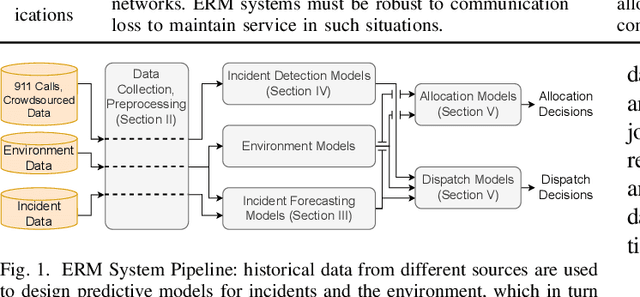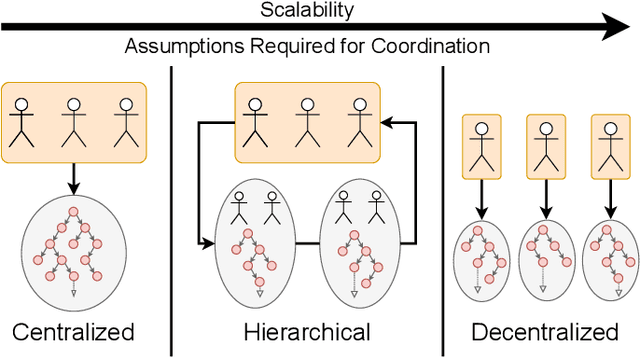Hunter Baxter
Designing Decision Support Systems for Emergency Response: Challenges and Opportunities
Mar 13, 2022


Abstract:Designing effective emergency response management (ERM) systems to respond to incidents such as road accidents is a major problem faced by communities. In addition to responding to frequent incidents each day (about 240 million emergency medical services calls and over 5 million road accidents in the US each year), these systems also support response during natural hazards. Recently, there has been a consistent interest in building decision support and optimization tools that can help emergency responders provide more efficient and effective response. This includes a number of principled subsystems that implement early incident detection, incident likelihood forecasting and strategic resource allocation and dispatch policies. In this paper, we highlight the key challenges and provide an overview of the approach developed by our team in collaboration with our community partners.
 Add to Chrome
Add to Chrome Add to Firefox
Add to Firefox Add to Edge
Add to Edge